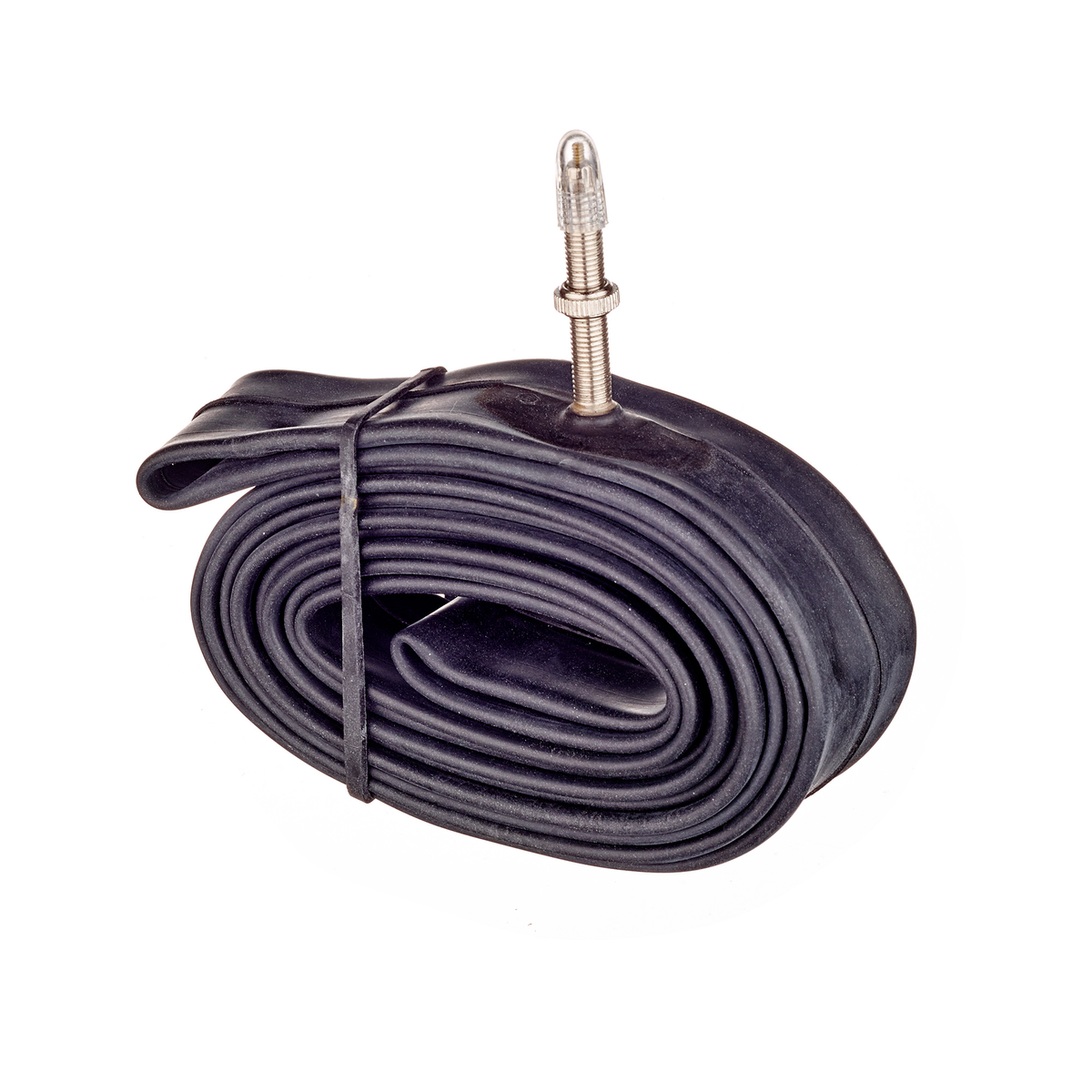Belső gumik
-
Rendezés:
-
-
-
-
-
-
-
-
- További szűrők less filters
89 Keresési eredmények
Belső gumik
Belsők
A kerékpáros belső még mindig a legpraktikusabb megoldás. Legyen szó megbízható butyl belsőről vagy latex belsőről, nálunk mindegyik típusból talál autószeleppel vagy presta szeleppel egyaránt. Nézze végig kínálatunk, amiben a legkönnyebb országúti belsőktől a downhill és fatbike belsőkig mindent megtalál.
Do you have questions about bike tubes?
How much does a bike tube cost?
A classic butyl tube is usually available for less than 10 euros, extra-light models are slightly more expensive. At around 20 euros, high-quality latex tubes are even more expensive. The top of the price range is marked by ultra-light thermoplastic tubes, which can cost 30 euros or more.
How can I change a bike tube?
In addition to a spare inner tube and a bike pump, you usually only need a set of tyre levers to change the inner tube; you may also need tools to remove the wheel. Once the wheel has been removed, first pull the tyre off the rim:
- Deflate the tyre and press the tyre sidewalls into the centre of the rim.
- Place a tyre lever under the tyre bead and lever it over the rim flange.
- If available, proceed in the same way with a second tyre lever 10 cm further on.
- Pull the tyre lever along the rim to loosen the tyre.
Now remove the defective inner tube, feel the inside of the tyre for foreign objects and pre-shape the replacement tube a little with the air pump. Ready to be fitted:
- Bring the tyre into the centre of the rim on one side all around.
- Place the tube in the rim base starting at the valve, avoid creasing.
- Now also press the second side of the tyre into the centre of the rim – start opposite the valve.
- Use the tyre lever for the last and difficult section.
Butyl, latex or thermoplastic? Which bike tube is the right one?
Classic butyl tubes with their characteristic black colour dominate the market. If you want to save weight and reduce the risk of punctures, you traditionally opt for the more expensive alternative made of latex or, more recently, thermoplastic. Thanks to their flexibility, both types of inner tube also have a positive effect on the tyre's rolling resistance. However, you will need to inflate the latex tube more often than a butyl tube. For many people, a lightweight, compact latex or thermoplastic inner tube also belongs into their touring luggage as a spare tube.
How do I find the right tube size for my tyres?
The size specifications for bike inner tubes are from/to ranges, i.e. they already refer to the size of the bike tyre. A tube with the specification "700 x 28 - 45 C", for example, is suitable for hybrid tyres with a wheel size of 700 C (corresponds to standard 28 inch wheels) and a width of between 28 and 45 mm. The wheel size is always predefined, the width is variable. The same applies to the other measurement systems: The ETRTO designation for the example above is "28-622 -> 47-622". The size of the tyre is usually printed on the tyre in different notations or measurement systems. If you are between two sizes, you should opt for the next larger tube size.
What are the differences between bike valves?
We usually distinguish between three different valve types: Presta, Schrader and Dunlop. The most important differences are clearly listed in the table.
| Designations | Use | Rim drilling | Air pressure | Advantages/disadvantages |
|---|---|---|---|---|
| Presta valve (also: French valve, road bike valve) | Road bikes Mountain bikes Gravel bikes | Ø 6,5 mm | up to approx. 15 bar | + slim design + pressure resistant - prone to defects |
| Schrader valve | Mountain bikes Touring bikes Cargo bikes | Ø 8,5 mm | up to approx. 10 bar | + robust + can be inflated at petrol stations - not compatible with all air pumps |
| Dunlop valve | Everyday bikes City bikes Hybrid bikes | Ø 8,5 mm | up to approx. 6 bar | + easy handling - pressure cannot be read accurately |
;BackgroundColor=ffffff)
;BackgroundColor=ffffff)